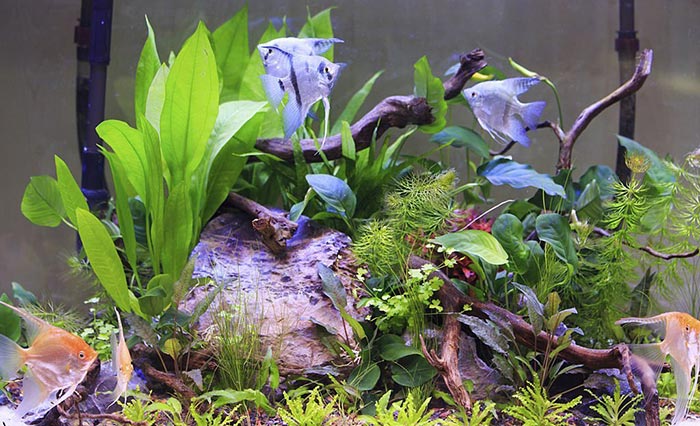Aquariums can be beautiful additions to any home, and with the addition of plants, they can also provide a place for fish to live. However, aquariums require regular cleaning, even more than any other piece of furniture or appliance in your home.
Planted aquariums are unique in that they require a bit more care than your average fish tank. This is because plants need nutrients from the water to grow, and if the water is not clean, the plants will not be able to get the nutrients they need.
In this post, Aquarium blog will discuss how to clean a planted aquarium so that you can ensure that your fish and plants are healthy and thriving.
How to Clean a Planted Aquarium
What you will need for this tutorial
- Aquarium gravel cleaner
- A vacuum
- Fishnet
- Clean buckets
- Old toothbrush
- Rubber gloves
- Aquarium algae eater
7 Steps to Clean a Planted Aquarium
Step 1: Empty The Aquarium
Unplug any electrical devices from the aquarium. This includes filters, heaters, and lights.
It is also a good idea to remove any rocks, decorations, or other objects that could fall and break during the cleaning process.
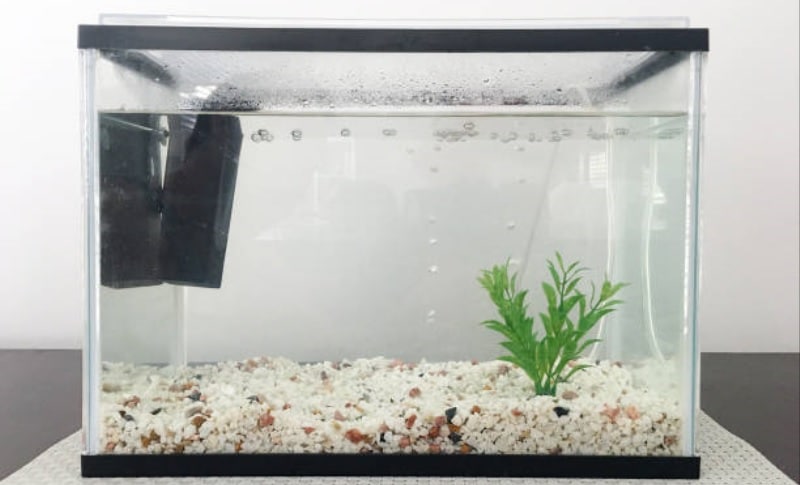
Step 2: Transfer your Fish to Another Place
Fill a bucket with warm water and add an aquarium water conditioner according to the package directions.
This step will help make the tap water safe for your fish.
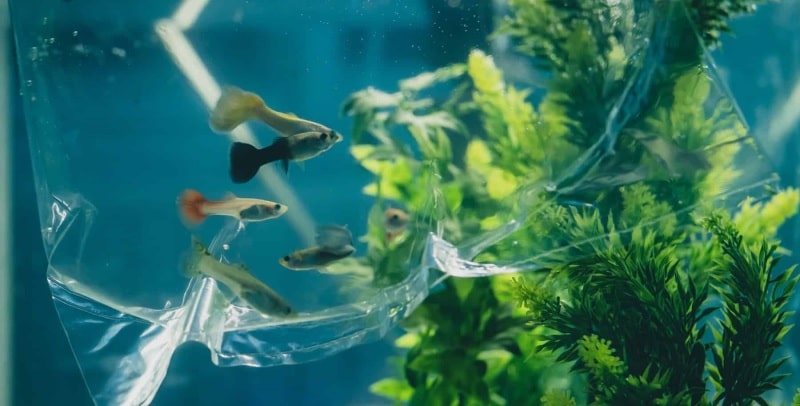
Step 3: Rinse The Tank Decorations
After removing all decorations from the tank, rinse them off in clean water to remove any dirt or debris.
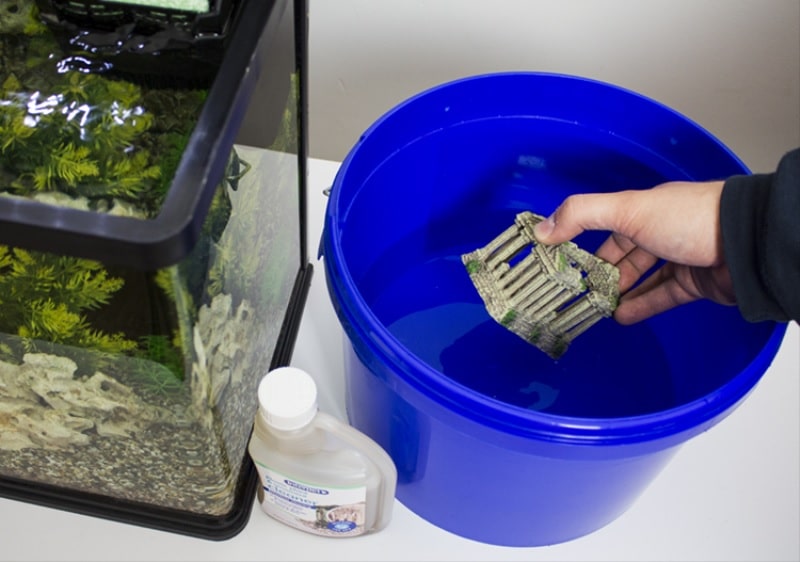
Step 4: Clean The Gravel
Once the plants are out of the aquarium, you can clean the gravel.
- Use an aquarium gravel cleaner to remove debris from the gravel at the bottom of the tank. Be sure to rinse the gravel well after cleaning it.
- Also, you should vacuum both sides of the gravel to get rid of all of the dirt and debris.
- Then, use a fishnet to gather any larger pieces of debris floating on the water’s surface.
- Finally, clean the inside of the aquarium glass with an old toothbrush or a special aquarium glass cleaner.
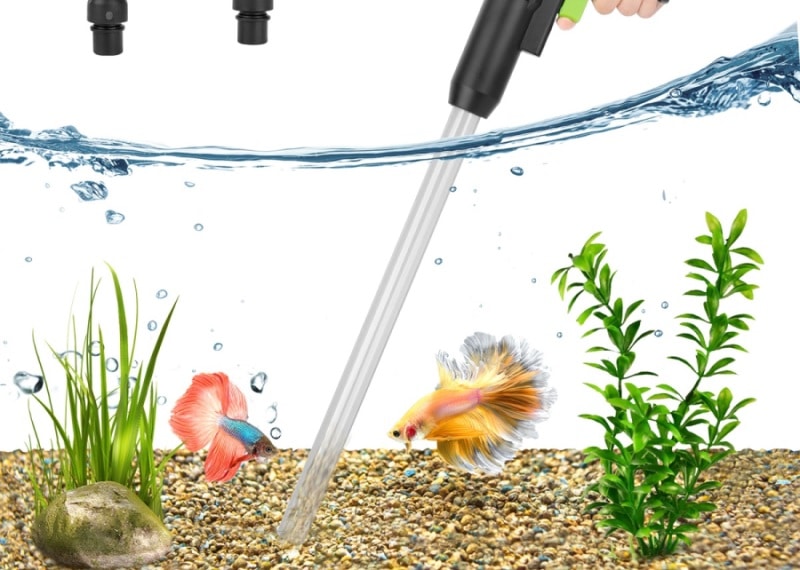
Step 5: Carefully Clean The Filter
Rinse the filter media in the bucket of conditioned water. Be sure to follow the manufacturer’s instructions for cleaning the filter.
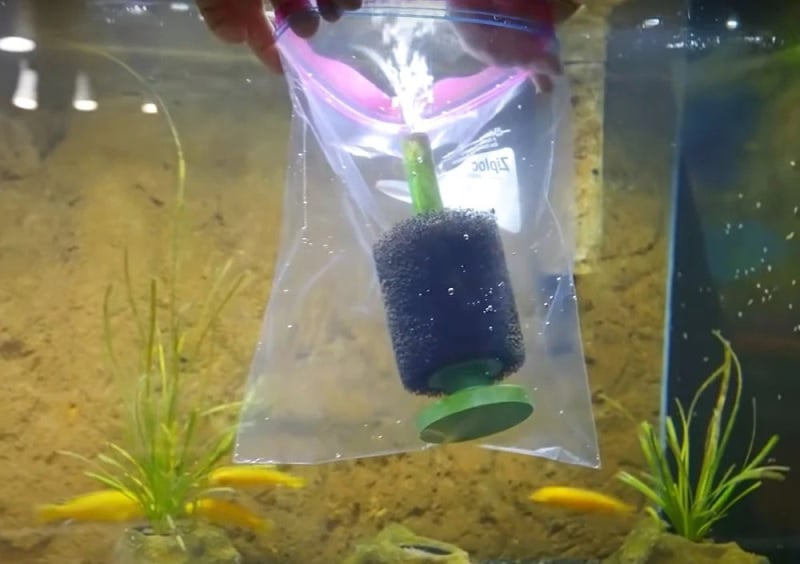
Step 6: Bring Back The Plants
Once the gravel is clean, you can put back or replace the plants in the aquarium.
Before placing them back in the aquarium, be sure to rinse the plants off.
If you place new plants, make sure to check and remove snails. Also, you should already quarantine the plants for some time.
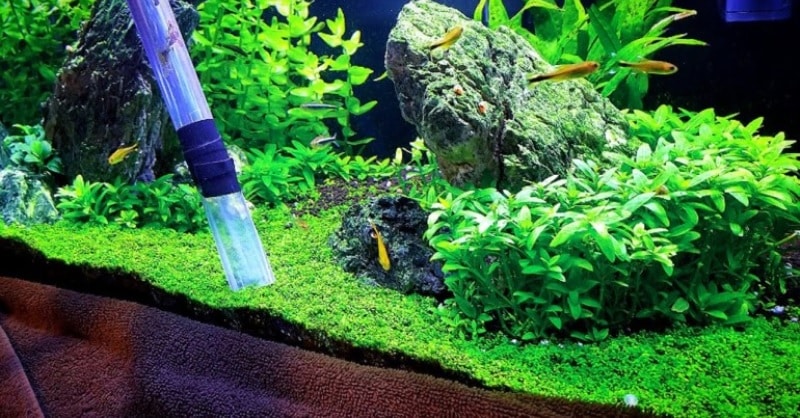
Step 7: Finish Setting Up
Now, you can fill the aquarium with freshwater. Ensure you apply a water conditioner to eliminate any chlorine presence.
Slowly add the new water to the tank, careful not to disturb the gravel too much.
Add an aquarium algae eater if you have problems with algae in your tank.
Once the tank is full, plug all electrical devices back in and turn them on.
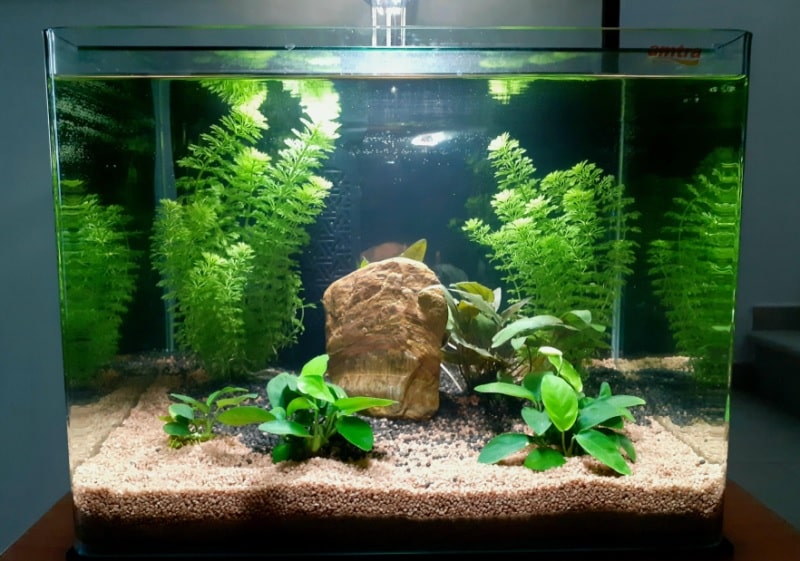
Our Pro Tips
- Regularly check the water quality with a test kit and take action if necessary. Remove any dead plants or leaves from the tank as soon as you see them.
- Be sure to clean your aquarium filter.
- Trim and replant plants as needed.
- Consider adding an aquarium algae eater to help control algae growth.
- Change the water regularly, a weekly water change of 30% is ideal.
How Often Should you Clean a Planted Aquarium?
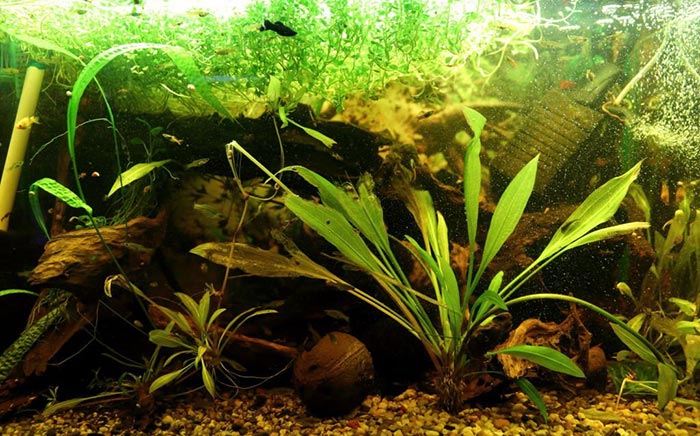
It is important to keep your planted aquarium clean to prevent the build-up of algae and debris.
However, you don’t want to clean it so often that you disturb the delicate balance of your aquatic ecosystem.
Generally, you should aim to clean your planted aquarium at least once a month. This will give you enough time to remove any build-up of algae and debris without disturbing the delicate balance of your aquatic ecosystem.
If you have a particularly large or heavily planted aquarium, you may need to clean it more often than once a month.
Conversely, if you have a small or lightly planted aquarium, you may be able to get away with cleaning it less often than once a month.
No matter how often you clean your aquarium, it is vital to do it carefully and gently to avoid disturbing the delicate balance of your aquatic ecosystem.
Do you Need to Vacuum a Planted Aquarium?
Vacuum the substrate in a planted aquarium as part of your regular maintenance routine. Vacuuming the substrate helps remove debris, uneaten food, and waste that can accumulate in the substrate over time. This debris can break down and release ammonia and other harmful compounds into the water, which can negatively impact the health of your fish and the overall water quality.
Conclusion
Aquariums are a beautiful addition to any room and with a little bit of effort, can be kept clean and healthy for both plants and fish.
By following the simple tips “how to clean planted aquarium” in this article, you can maintain your planted aquarium without too much trouble.
Have you tried any of these methods for keeping your tank clean? Let us know in the comments!

